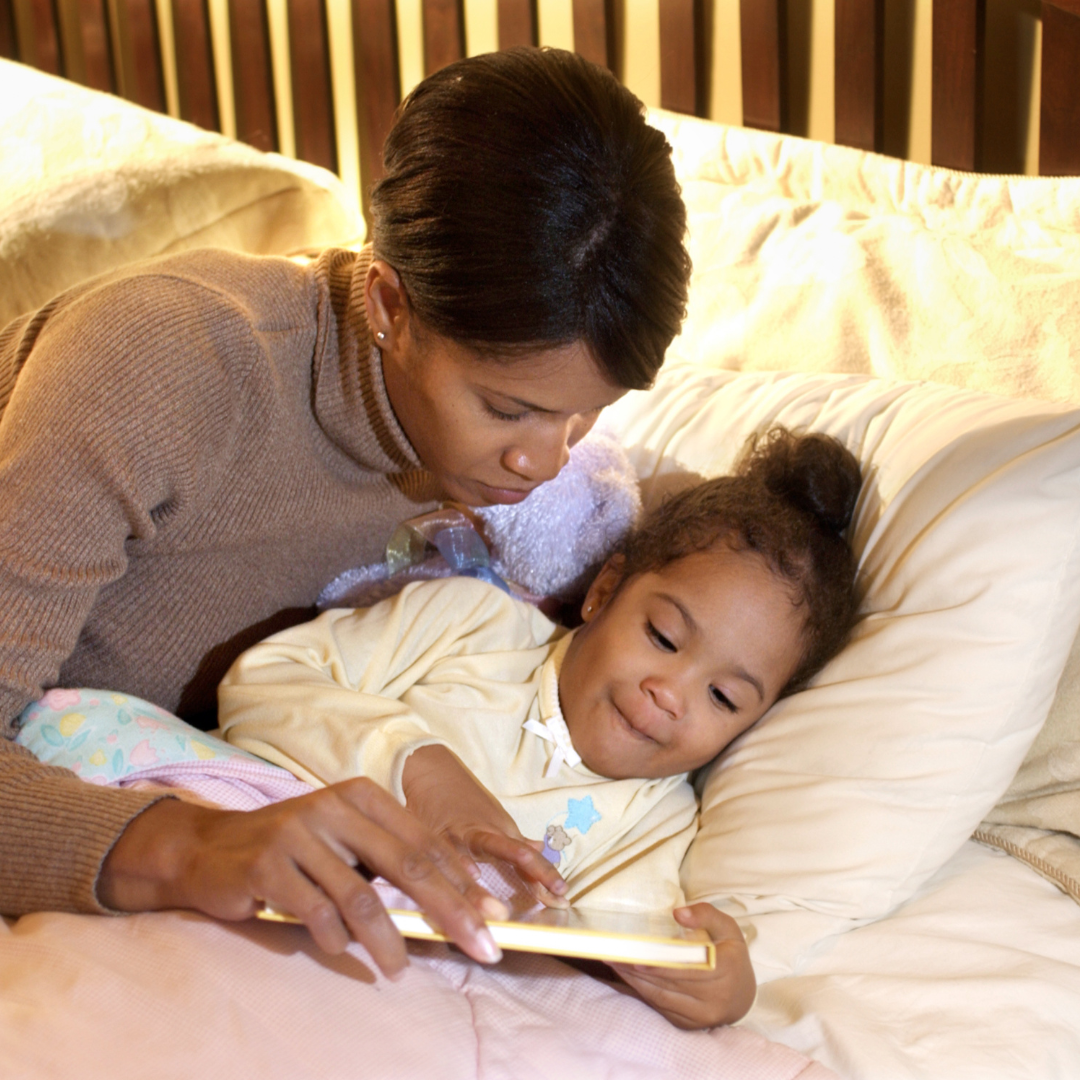How To Respond To Bedtime Protests
Bedtime protests come in many different forms, but they are one of the most common occurrences during childhood. Still, handling the protests with no regard for how our children are feeling will yield some ineffective results.
Understanding why our children are protesting bedtime can help us target the root issue, and respond accordingly.
What is a “Bedtime Protest?”
A bedtime protest is exactly what it sounds like: a protest (or objection) that happens around bedtime in response to the act of preparing for sleep. Also known as bedtime procrastination and bedtime resistance, it can occur in the form of crying, screaming, tantrums, or - in older children - manipulation.
No matter how your child goes about their protest, their goal remains the same: to prolong bedtime as long as humanly possible. They want to stay awake.
But we, as parents, know that getting less sleep will only result in a worse day tomorrow. They’ll be exhausted, cranky, and impulsive… Not to mention, their body won’t be rested enough to grow and develop appropriately.
They need to rest, but simply telling them so rarely works. Instead, we have to understand the particular reason our child is choosing to protest bedtime, so we can use it to formulate our response.
Why Children Protest Bedtime
Children protest bedtime for many different reasons, and it’s important that we understand which reasons our children have chosen.
Why? Because we want our response to target the root reason our child is protesting, rather than the surface-level protest itself. Doing so will yield better results, and will make our child feel seen and heard in the process.
Bedtime protests are actually a biological survival tactic. Not even 10,000 years ago, we were hunter-gatherers, and a child left alone to sleep isolated in the middle of the night would have been seen as a tasty snack for some nocturnal predators. Your child is genetically wired to cry when alone at night as a means of protecting themselves.
The problem is that most parents in the U.S. now live in a heavily developed Western culture; one where bears eating our children in the middle of the night isn’t a primary concern. So we need to focus our efforts on speaking to our child’s needs of safety, connection, and control.
Some common reasons children protest bedtime these days are:
They are scared. Nightmares, isolation, monsters, and the dark are all very common fears for young children.
They want more control over the situation, or want to go to bed “on their terms.”
They don’t feel like they’ve gotten enough time with you throughout the day, so they’re trying to create it.
They are still too stressed / wound up because they didn’t have adequate time to wind down.
They don’t want to miss out. Mom and dad are still awake… Why can’t they be awake, too?
There are others, as no child is standardized, but those are the ones we hear about the most often. And you can see why pinpointing the reason for the bedtime protest is the first step in responding…
If your child is scared of monsters under the bed, our response will be drastically different than it would be if they’re trying to gain control over the situation. This is because pinpointing the reason our child is protesting bedtime helps us to better understand the need they have in that moment.
And when we can meet the need they have in the moment, it resolves a good portion of the behavior altogether. So let’s talk about some ways to create effective responses based on our child’s need.
Responding To Bedtime Protests
Since all children protest bedtime for a different reason, it’s difficult to present a one-size-fits-all solution for responding to bedtime protests. So instead, we’ll focus on giving you a step-by-step formula to work through each night a protest is eating up your time.
Step 1: Search for the reason.
Is your child protesting because they are scared?
Because they want more control?
Because they want more time with you?
Step 2: Use the reason to unveil the need.
If your child is scared, they need comfort and reassurance.
If your child wants more control, they need age-appropriate means of gaining it.
If your child wants more time with you, they need ways to obtain it without interfering with bedtime.
Step 3: Find a solution that meets that need.
If your child needs comfort or reassurance, what can you offer them? Pacifiers, loveys, night lights, and more can provide additional reassurance for children who are scared.
If your child needs age-appropriate ways of gaining control, what ways can you give it to them? Letting your child brush their own teeth, choose the PJ’s they want to wear to bed, or select the books to read for the bedtime story could be just the trick.
If your child needs more time with you, how can you make this happen without interfering with bedtime? Eating lunch with them at school, playing for 30 minutes when you get home from work, or simply lengthening the bedtime routine can work in extra opportunities for quality time.
Step 4: Communicate the solution to your child.
Tell them:
“I know you’ve been a little scared of the dark lately. Let’s go tomorrow and you can pick out a fun night light to use!”
“Would you like to pick out your PJ’s and our read aloud book tonight? Make your choices now, because once we lay down for sleep, choice time is over.”
“I’ve had to work a lot lately, and I’ve missed you a lot! How about we read a couple extra stories before bed tomorrow so we get more time together?”
Step 5: Add in the reinforcement every night.
If your child needed a nightlight, don’t expect it to solve everything after using it for 3 nights. You’ll need to turn it on every night so your child can use it as a sleep condition to fall asleep.
The same thing is true with choices, extra quality time, and other solutions. Once you’ve found what works, keep it consistently in the mix each night so the protests don’t revert.



